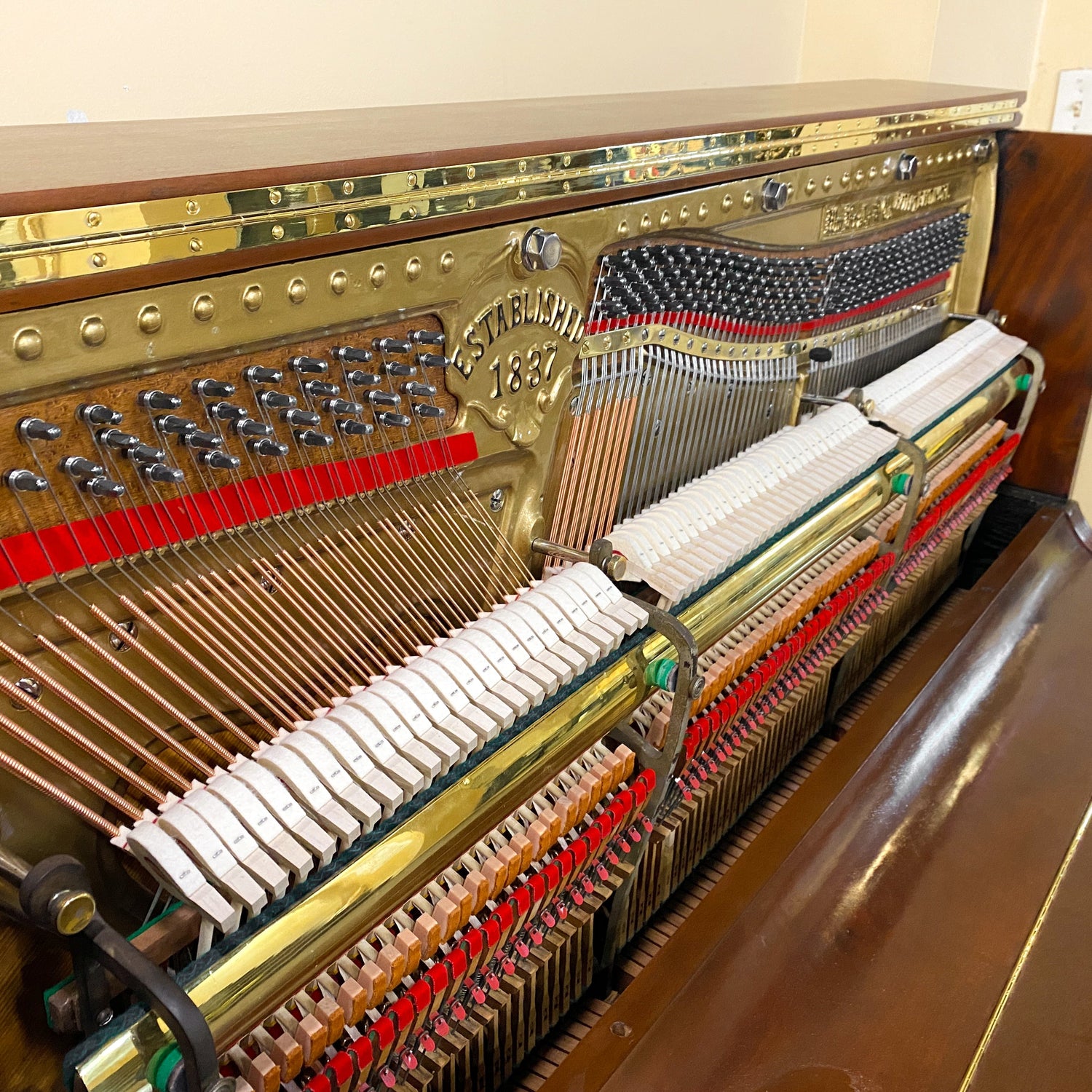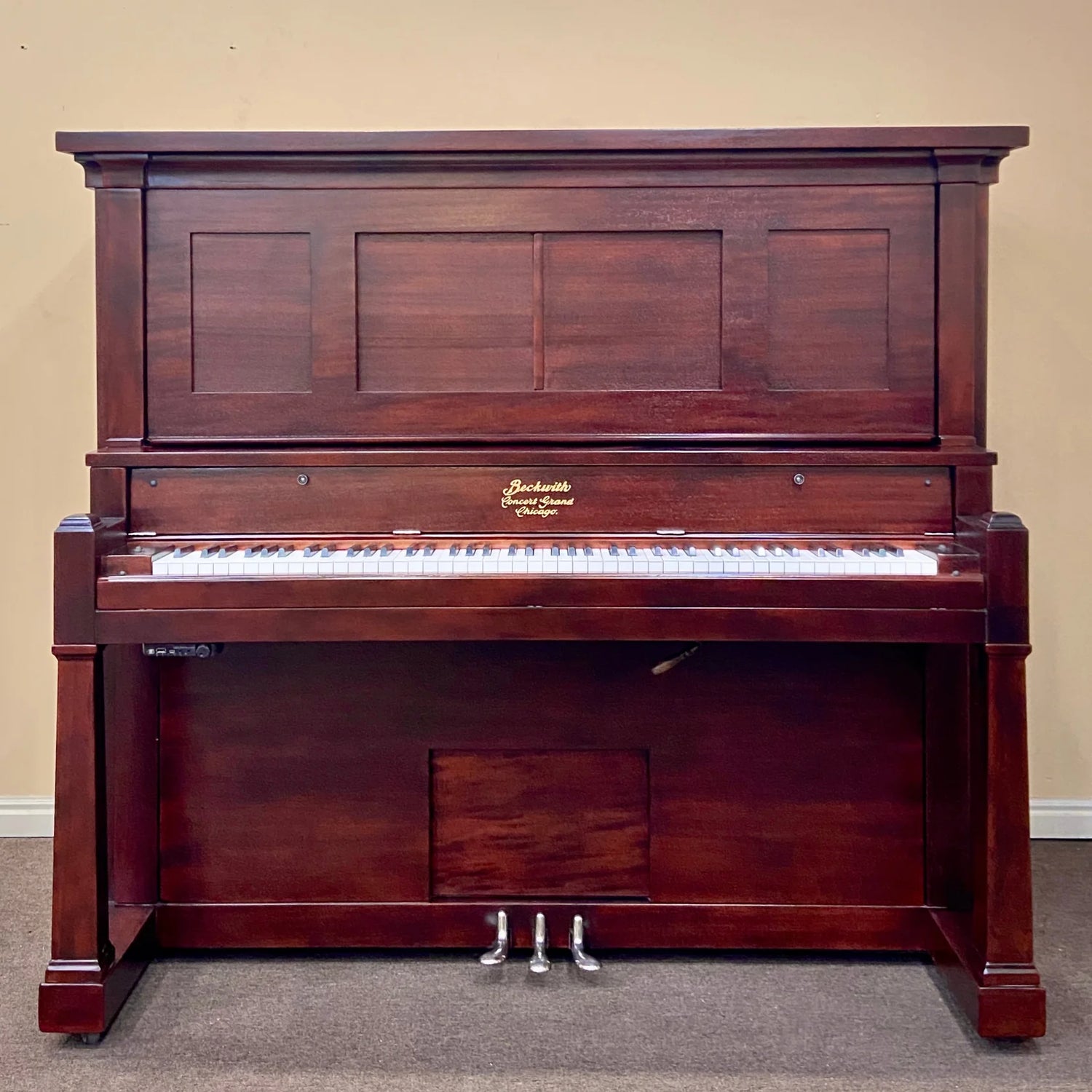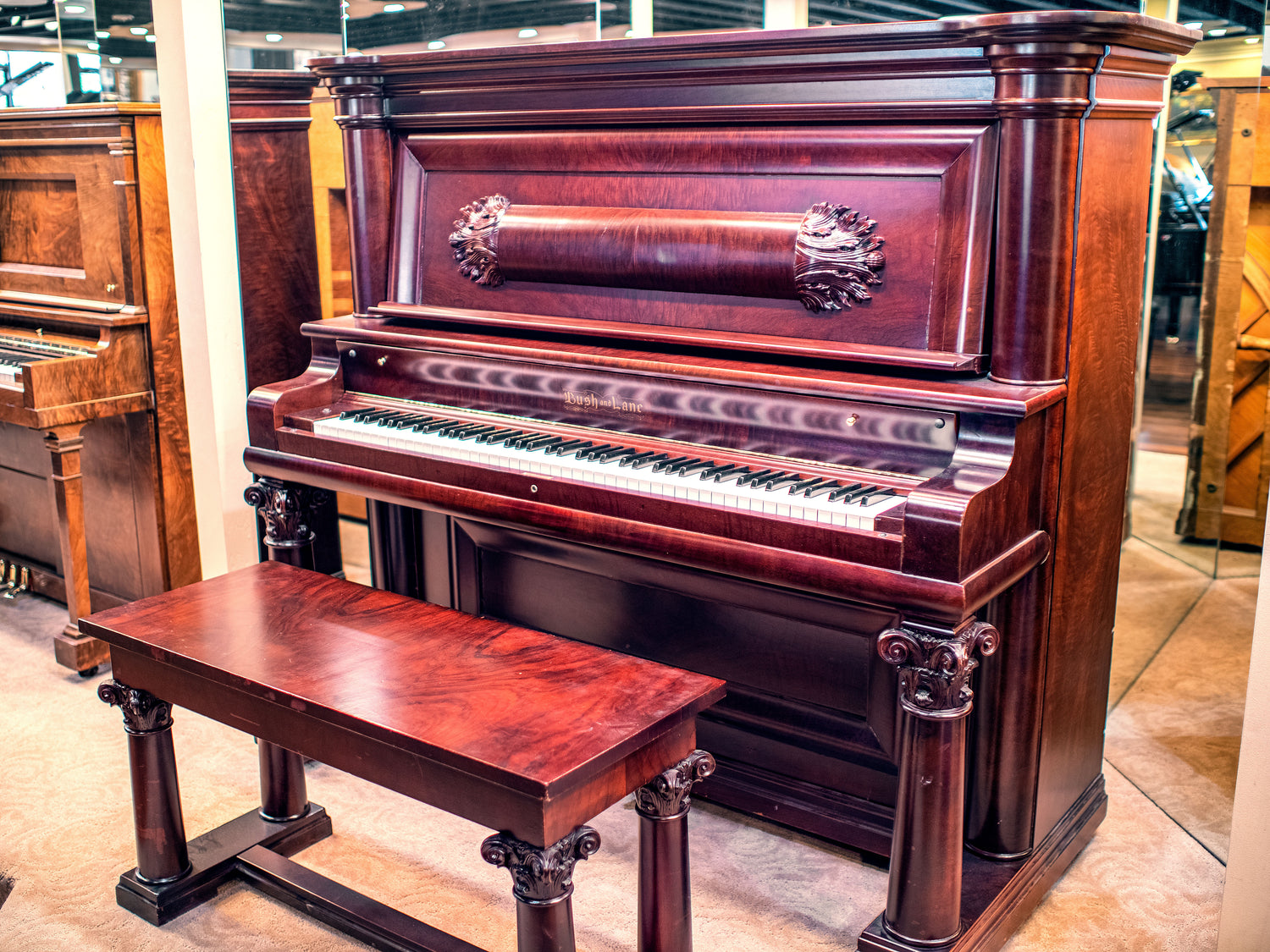Collection: Pianola Pianos
The Pianola, a brand name that has become synonymous with player pianos, was invented by Edwin Scott Votey in 1895 and later marketed by the Aeolian Company starting in 1898. This early player piano mechanism operated pneumatically, using foot-operated bellows to create a vacuum that powered a pneumatic motor. The Pianola played music rolls perforated with specific patterns that controlled the notes played on the piano.
One of the most distinctive features of the Pianola was its ability to transform any piano into a self-playing instrument by positioning a cabinet with wooden fingers in front of the keyboard. These fingers would press the keys according to the patterns on the perforated rolls. The mechanism allowed for manual control over dynamics and tempo through various levers and pedals, providing a level of musical expression that was appealing to both amateur and professional musicians.
The success of the Pianola led to its integration into the piano itself, creating the player piano, which became widely popular in the early 20th century. Aeolian's introduction of the Duo-Art reproducing piano in 1914 further advanced the technology by enabling playback of rolls that captured the nuances of live performances by famous pianists.
Despite the decline in popularity due to the rise of radio and phonographs, the Pianola and other player pianos experienced a revival among collectors and enthusiasts in the mid-20th century. Organizations such as the Player Piano Group in England and the Musical Box Society International in the USA were formed to preserve and study these fascinating instruments. Today, Pianola pianos are cherished for their historical significance and the unique mechanical ingenuity they represent. Restored Pianolas can be found in museums and private collections, continuing to captivate audiences with their blend of automation and musicality.
If you have a family heirloom Pianola piano, contact us to schedule a FREE evaluation and explore the possibilities to restore its beauty and performance! Learn more about our Free Family Heirloom Restoration Evaluation.
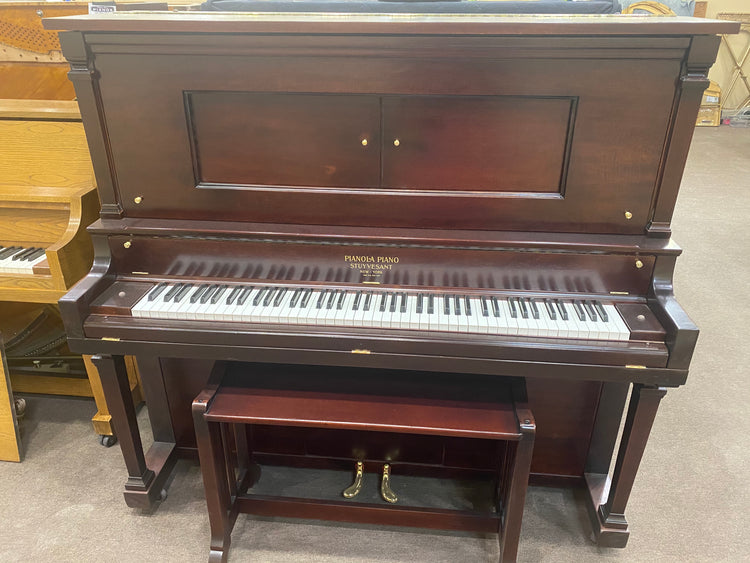
No pianos found
Use fewer filters or remove all
DRONE TOUR -- Experience Our 23,500 SF Piano Store & Piano Restoration Shop
Pianos by Brand (A-Z)
View all-
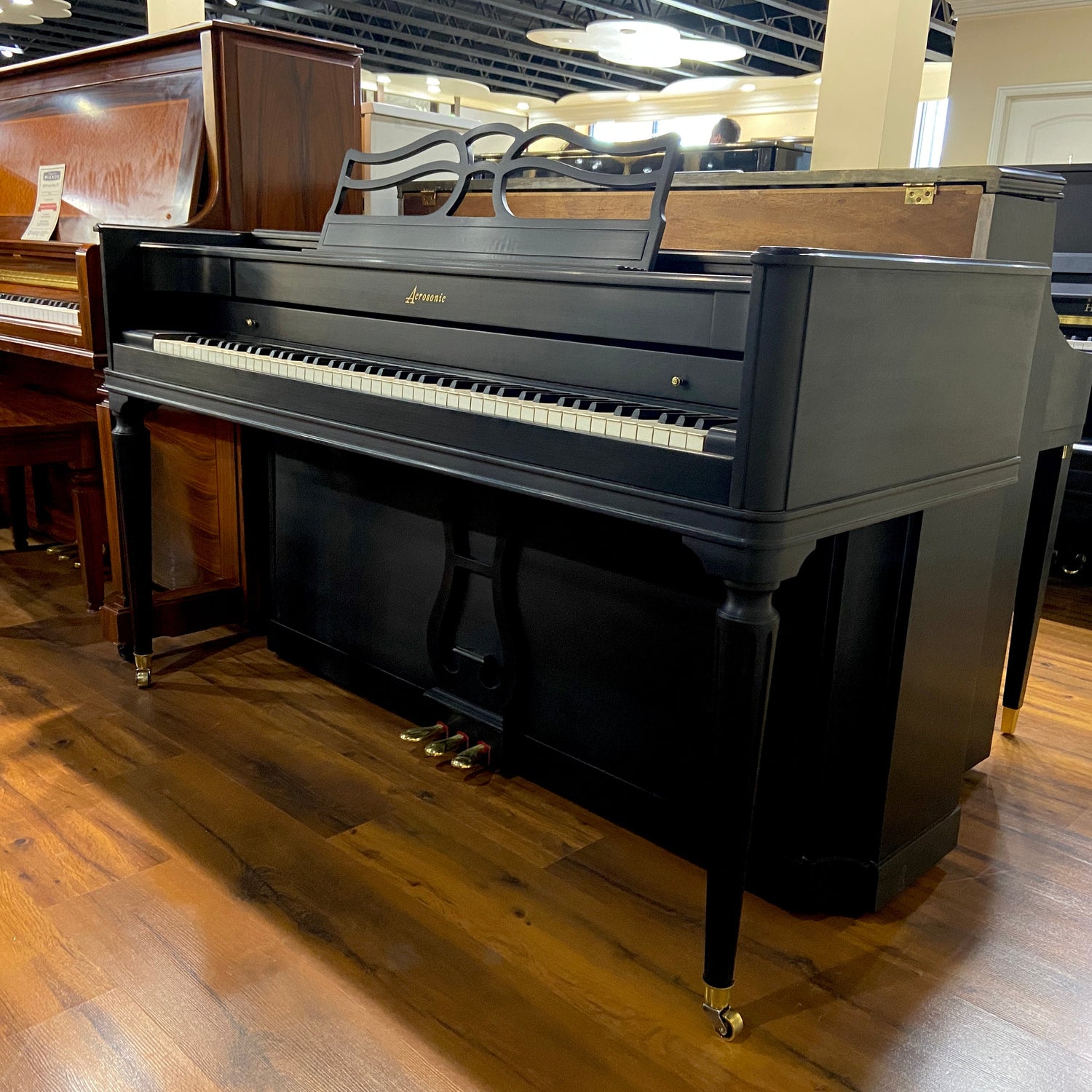
Acrosonic Pianos | Explore New and Restored pianos
Acrosonic pianos, produced by the Baldwin Piano Company, were first...
-
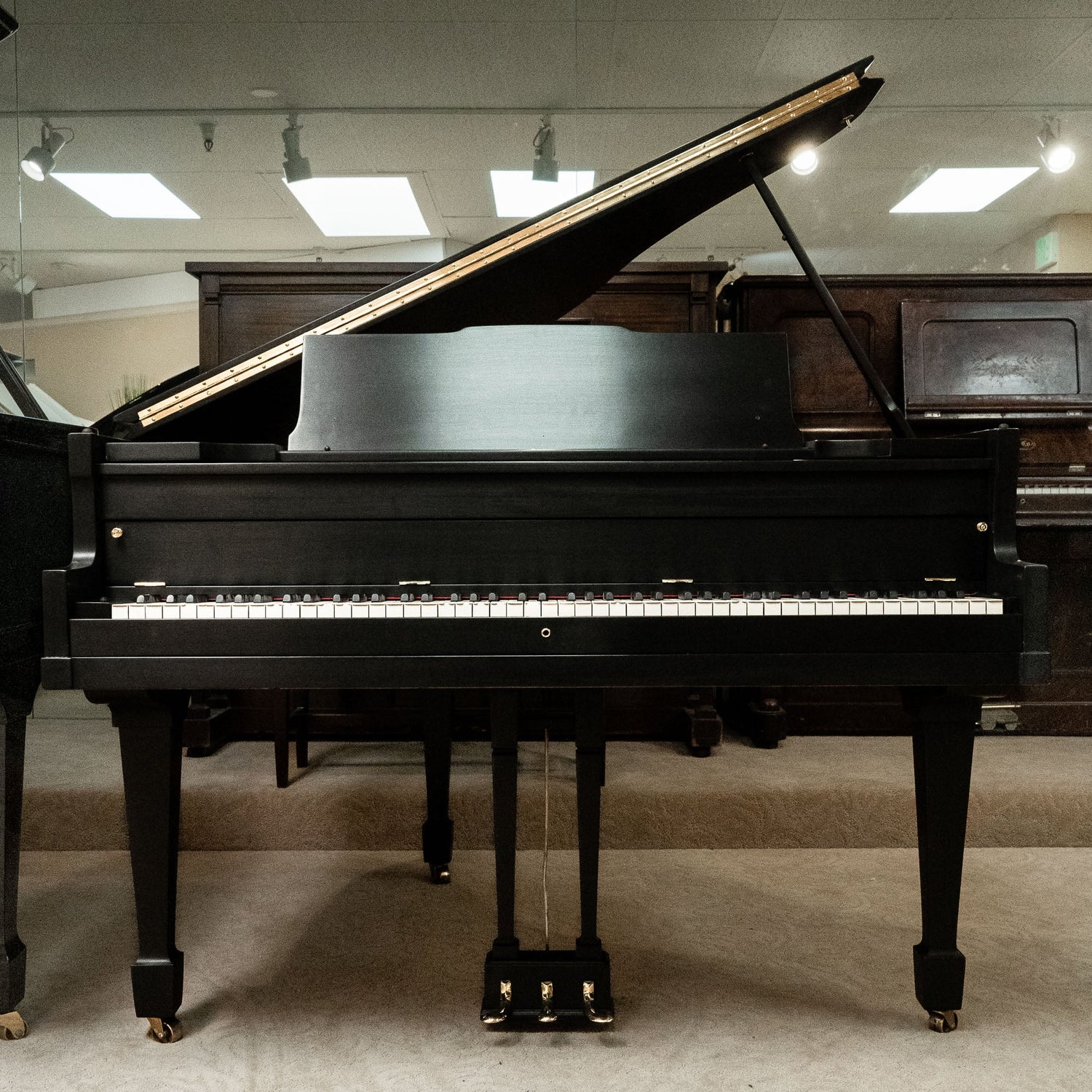
Aeolian Pianos
Founded in 1887 by William B. Tremaine, the Aeolian Company quickly established...
-
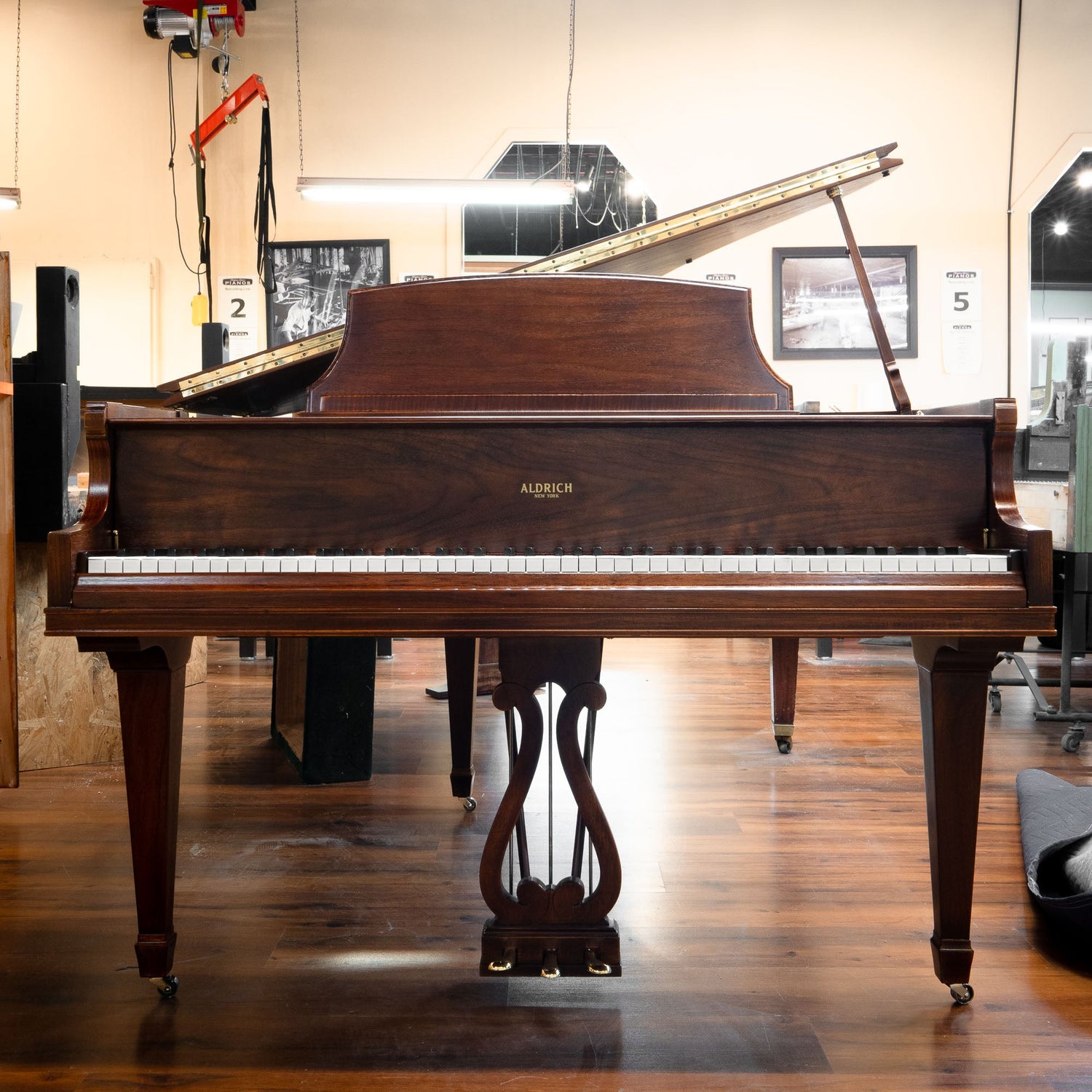
Aldrich Pianos
Aldrich pianos are considered to be a lesser-known type of piano manufactured...
-
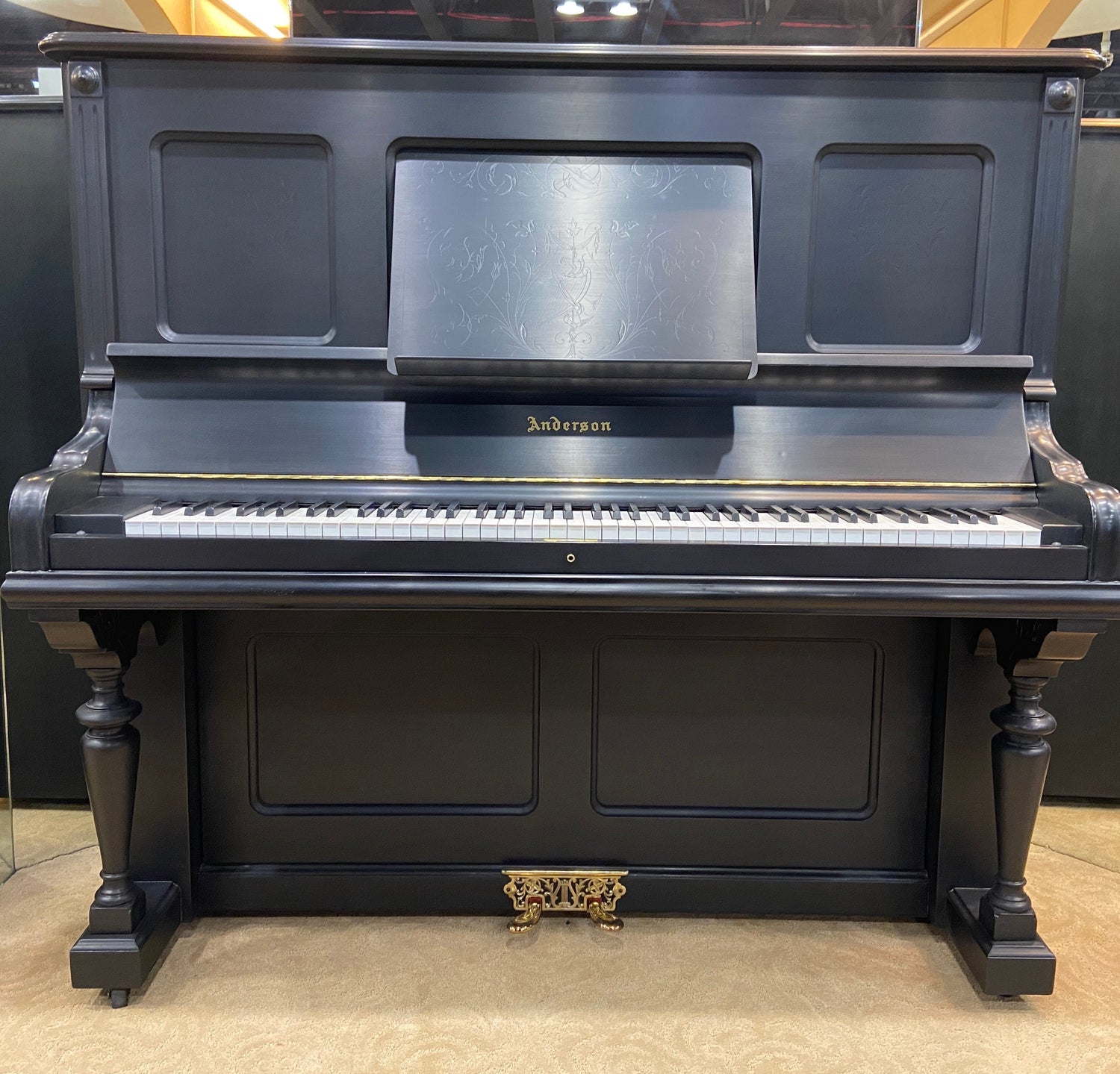
Anderson Pianos
Anderson pianos, established in the early 20th century by the Anderson family,...
-
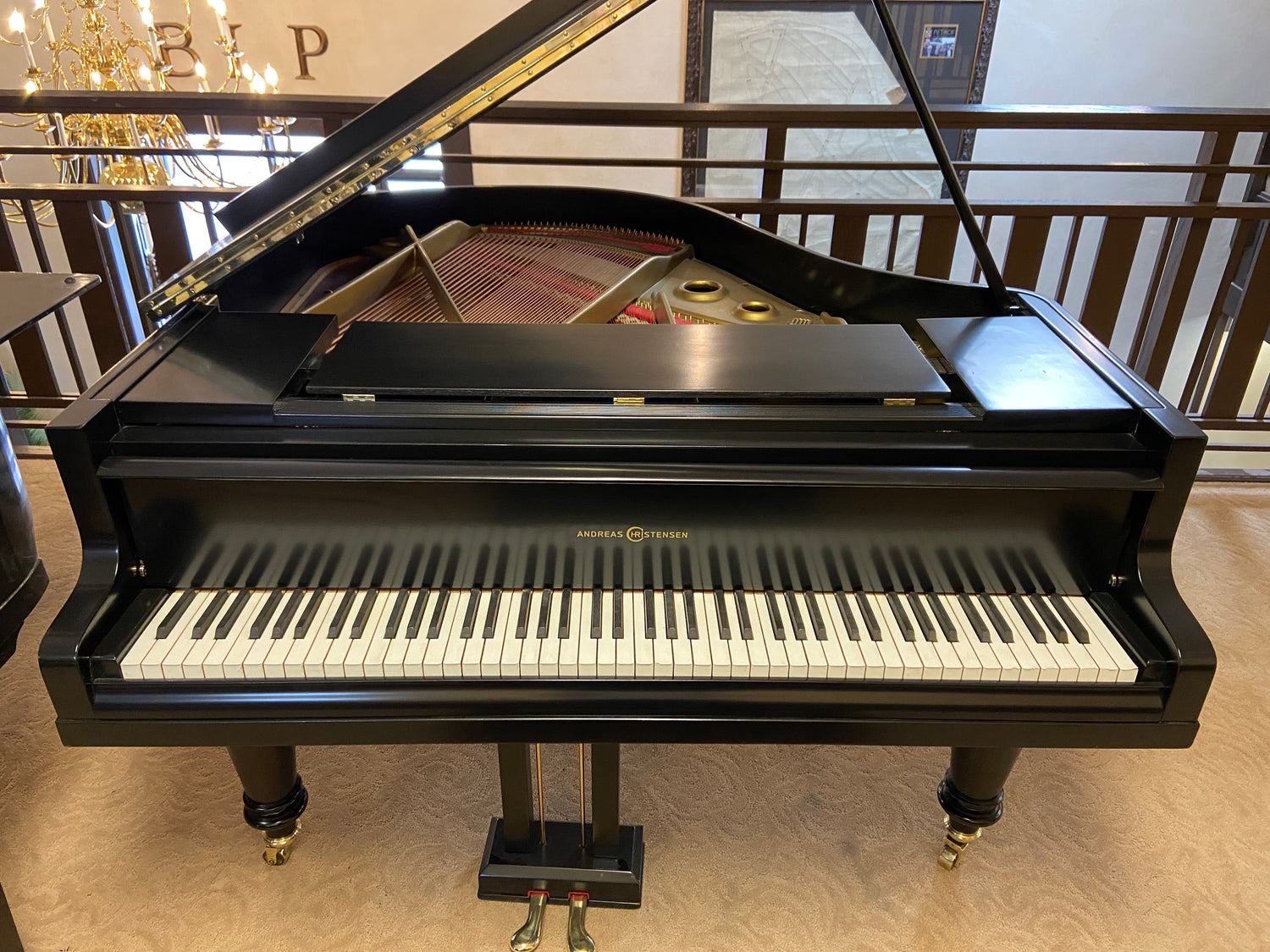
Andreas Christensen Pianos
Founded in 1912 in Copenhagen, Denmark, Andreas Christensen pianos are renowned for...
-
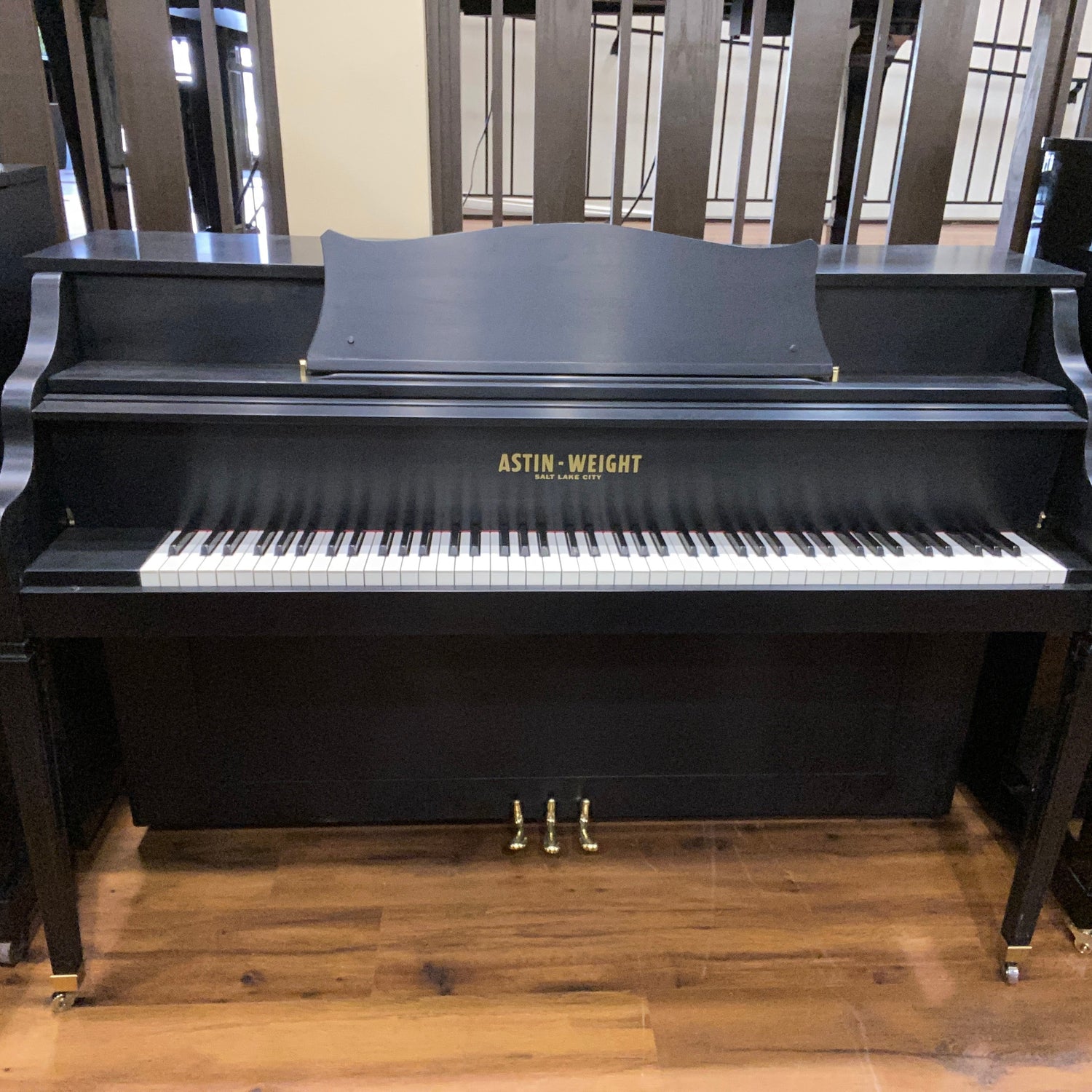
Astin Weight Pianos
Astin Weight pianos, founded in 1958 in Salt Lake City, Utah, are...
-
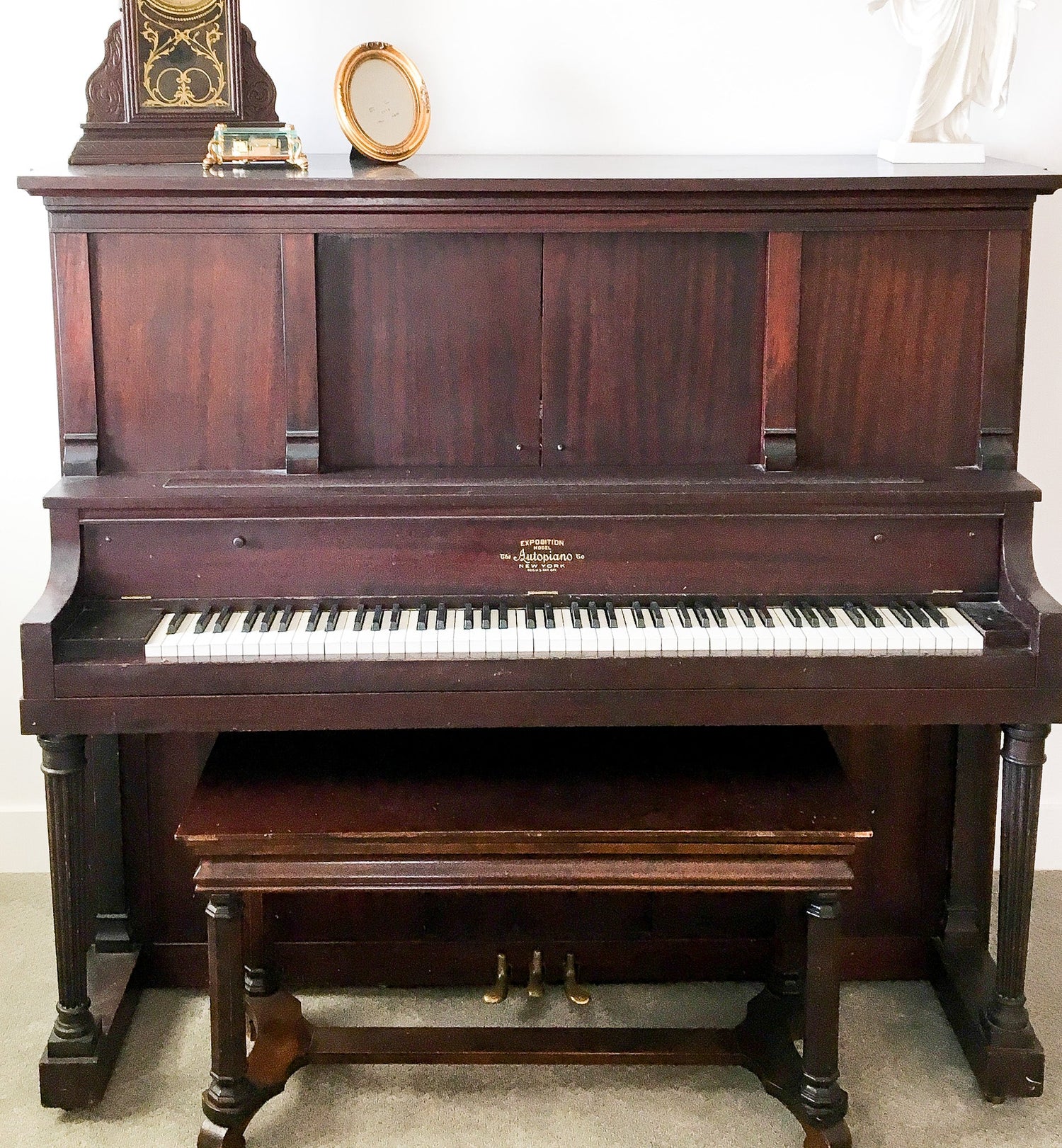
Autopianos
Established in New York in 1903, The Autopiano Company quickly gained prominence...
-
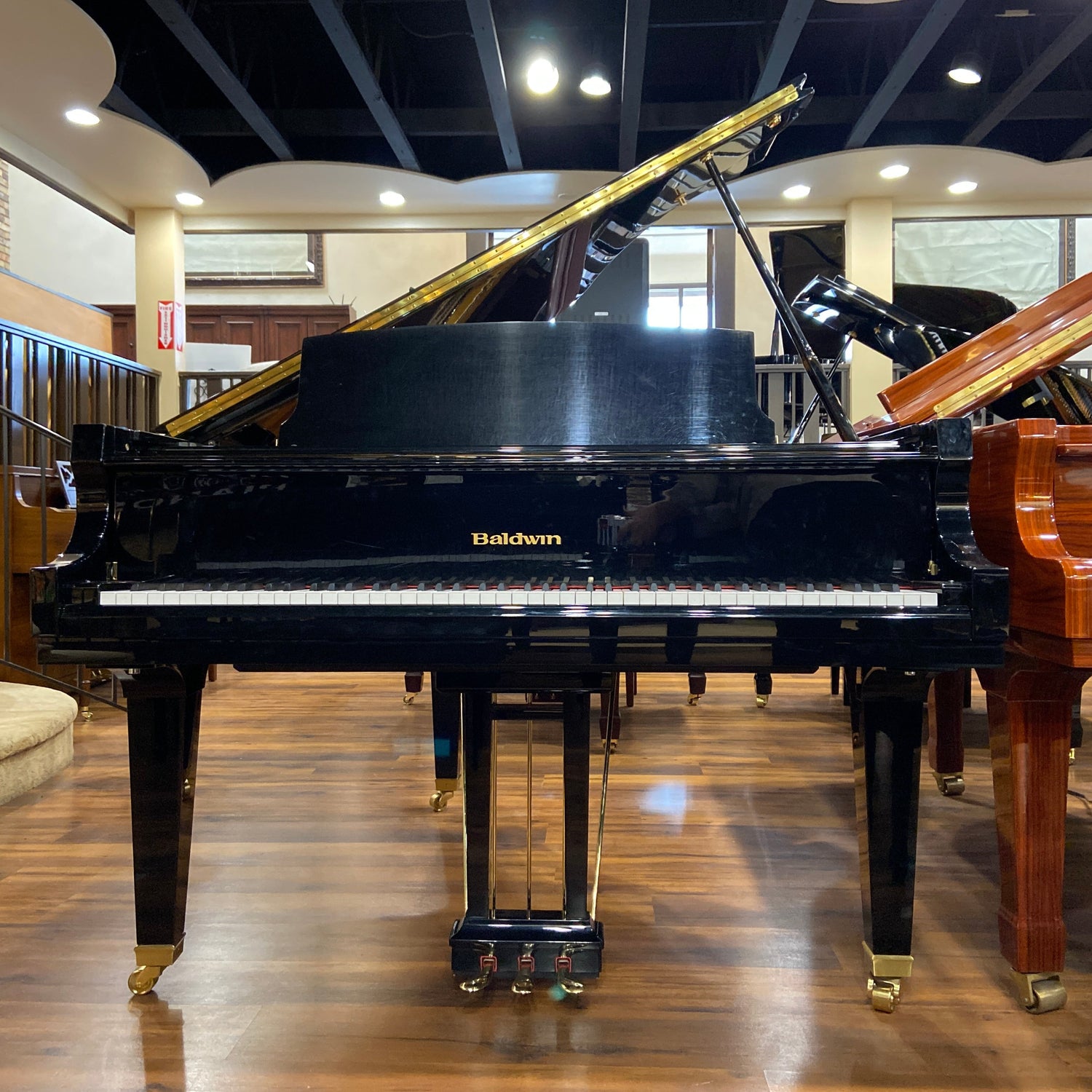
Baldwin Pianos
Baldwin pianos have a rich history that spans over a century, with...
-
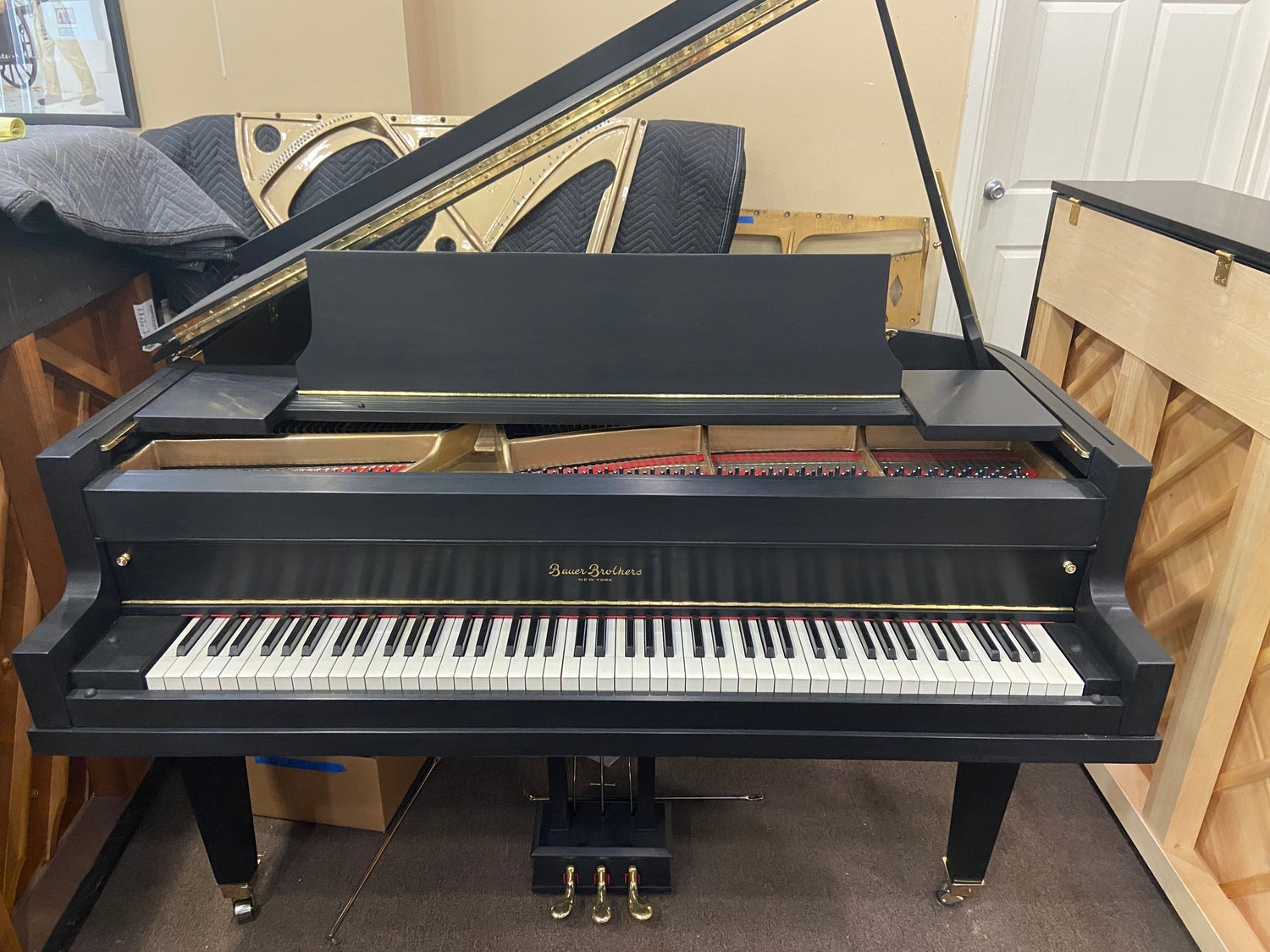
Bauer Brothers Pianos
The Julius Bauer Piano Company was established in 1857 in Chicago by...
-
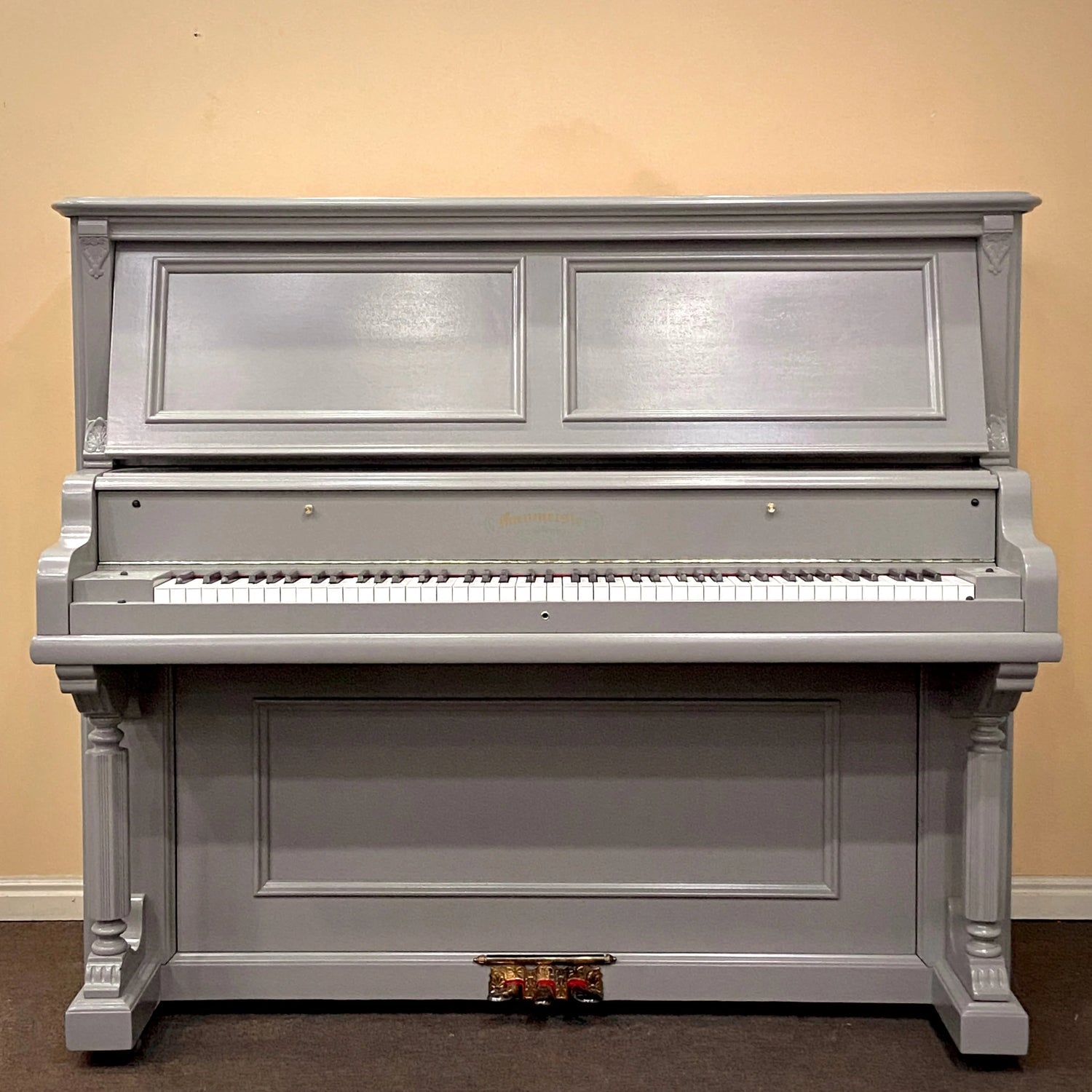
Baumeister Pianos
Baumeister pianos are a notable name in the world of musical instruments,...
-
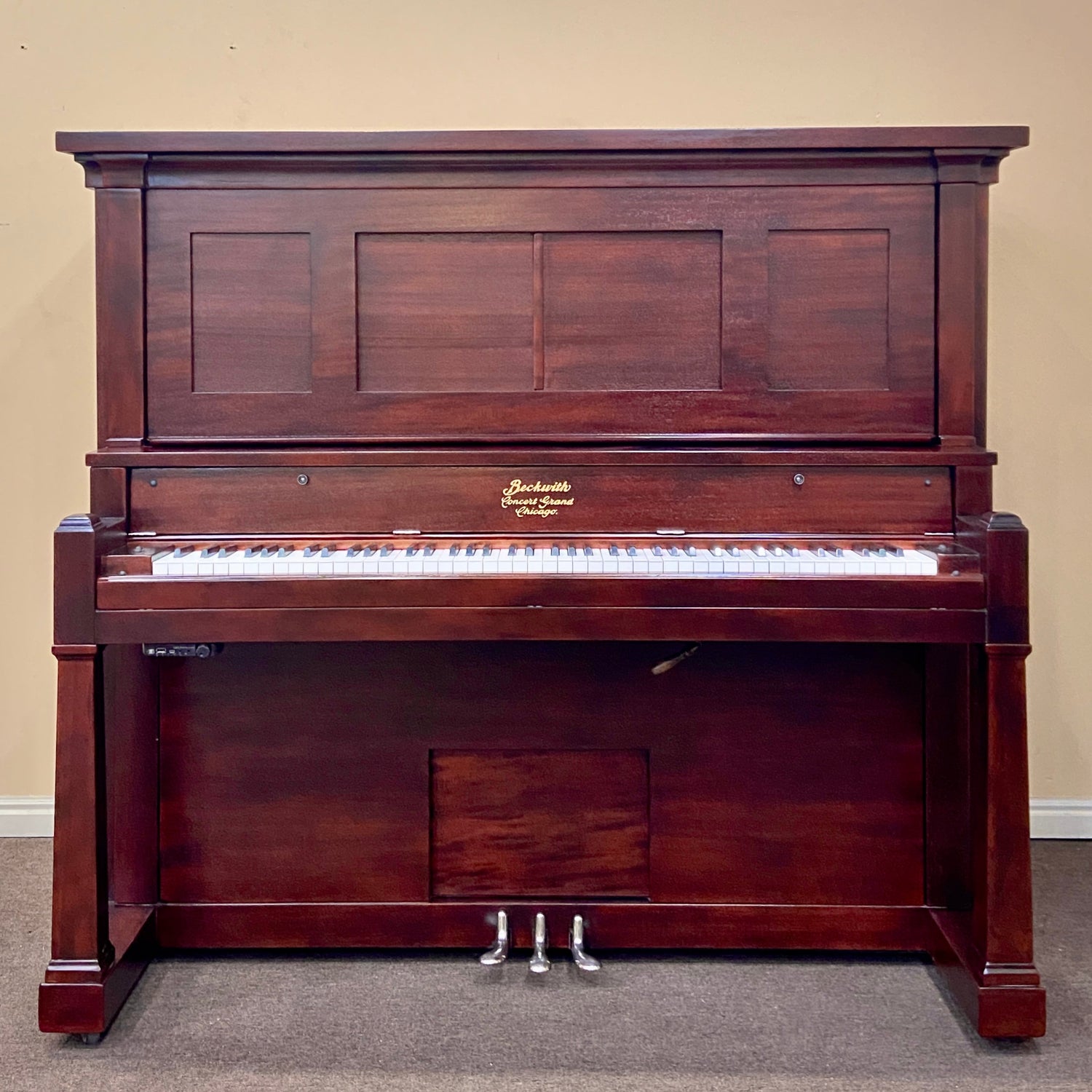
Beckwith Pianos
Beckwith pianos, established by Sears Roebuck & Company in the late 19th...
-
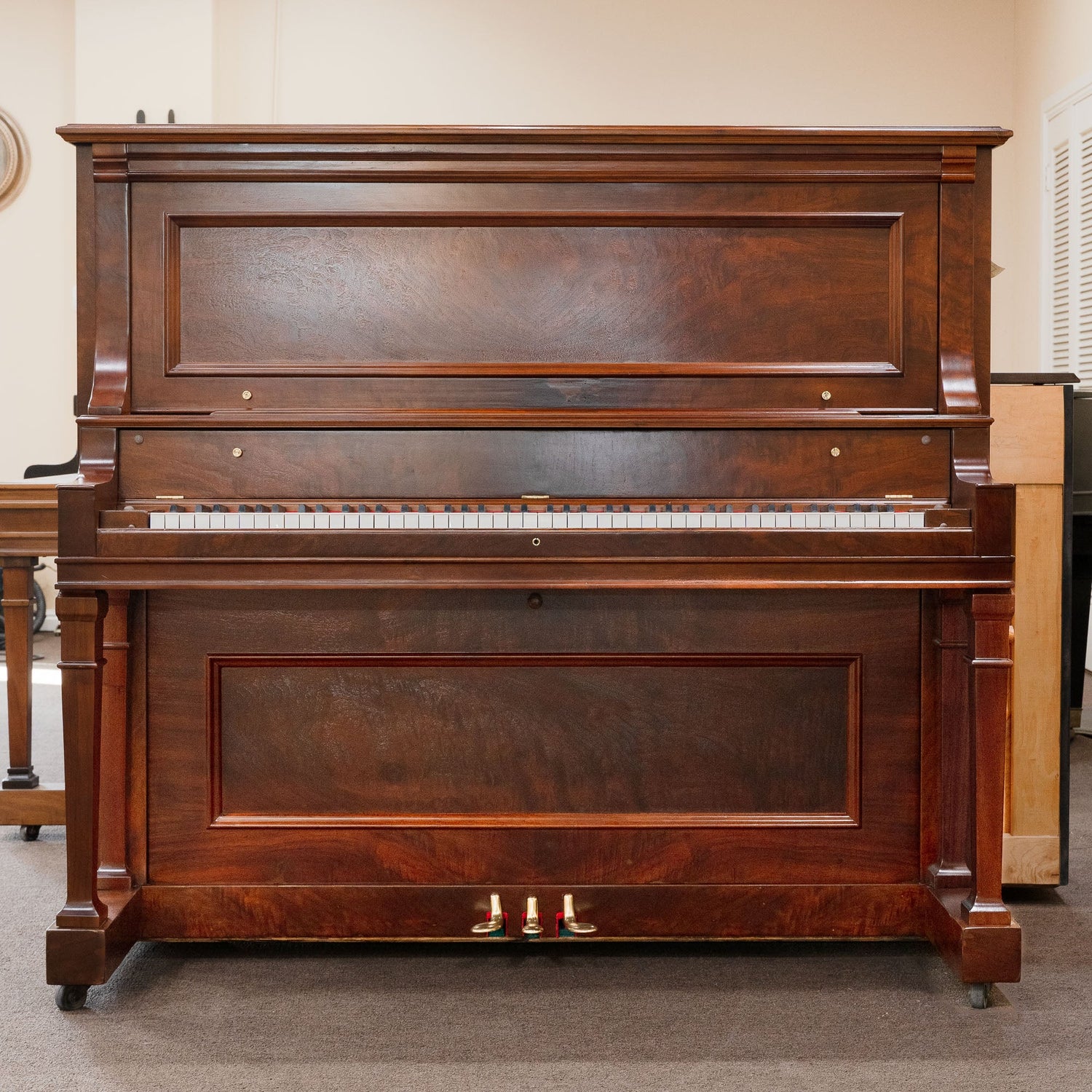
Behr Bros Pianos
Behr Bros Pianos, established in 1881 by Henry and Edward Behr in...
-
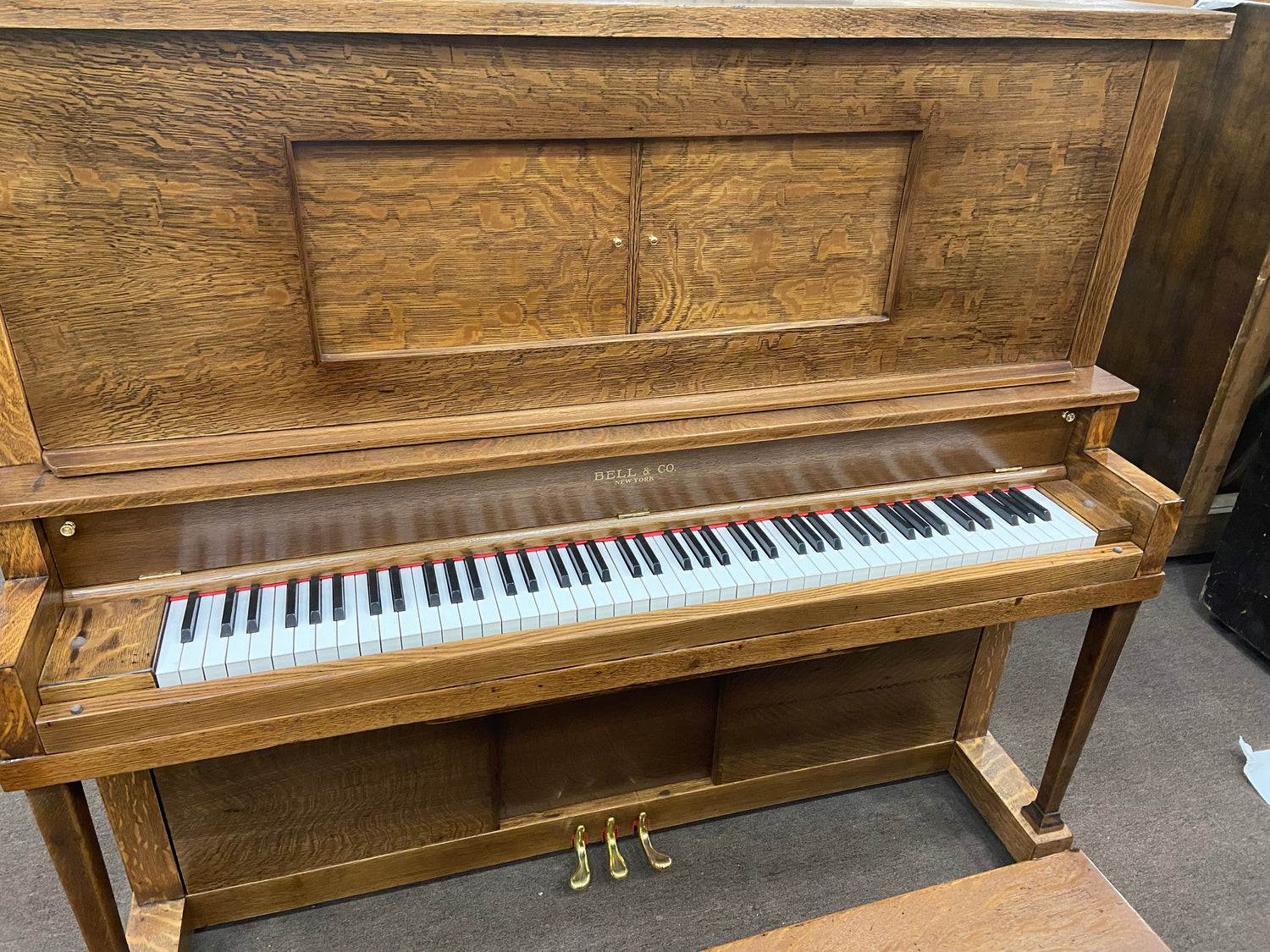
Bell Co Pianos
Bell Co Pianos, founded in 1864 by brothers William and Robert Bell...
-
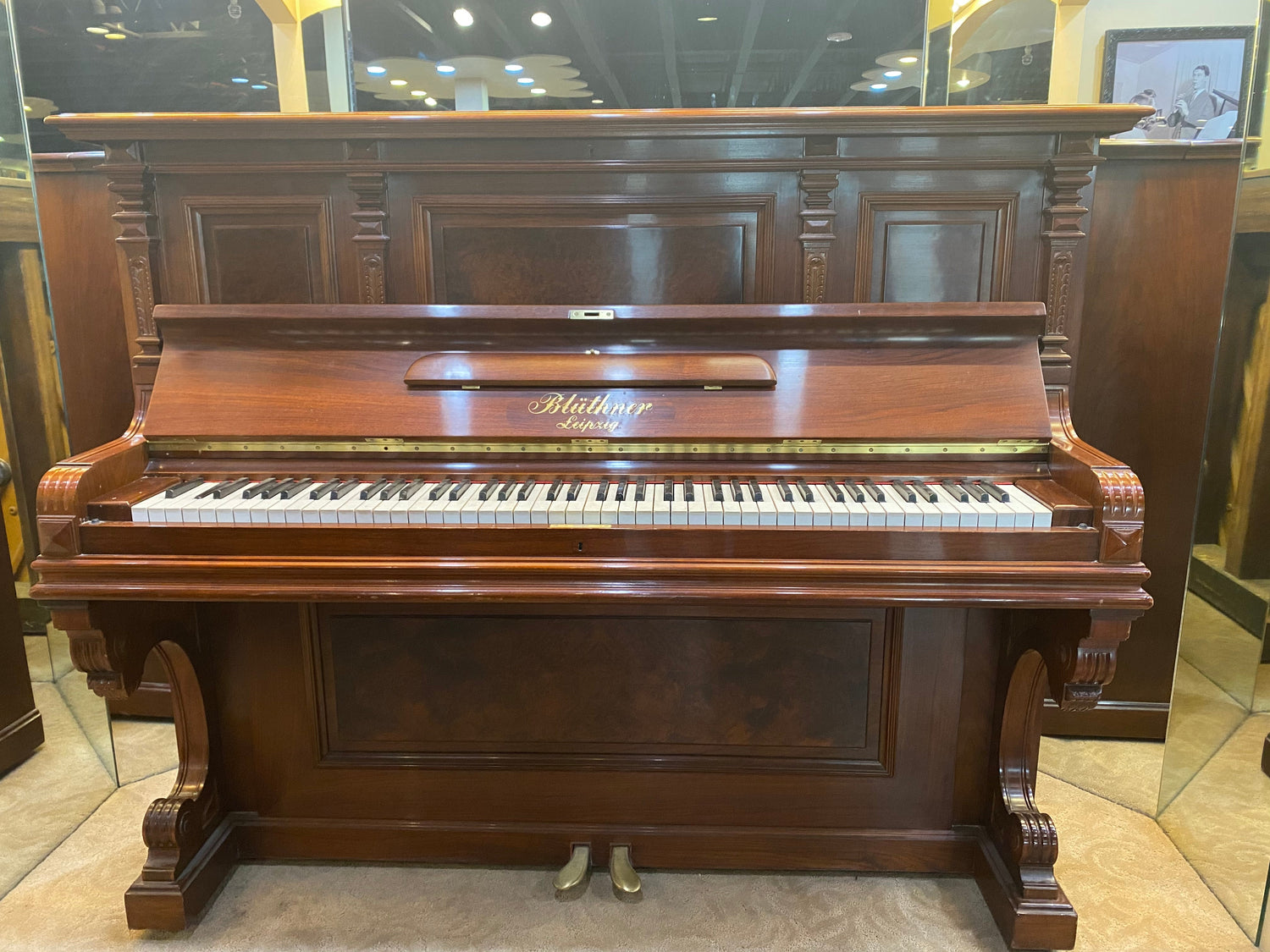
Bluthner Pianos
Blüthner pianos, established in 1853 by Julius Blüthner in Leipzig, Germany, are...
-
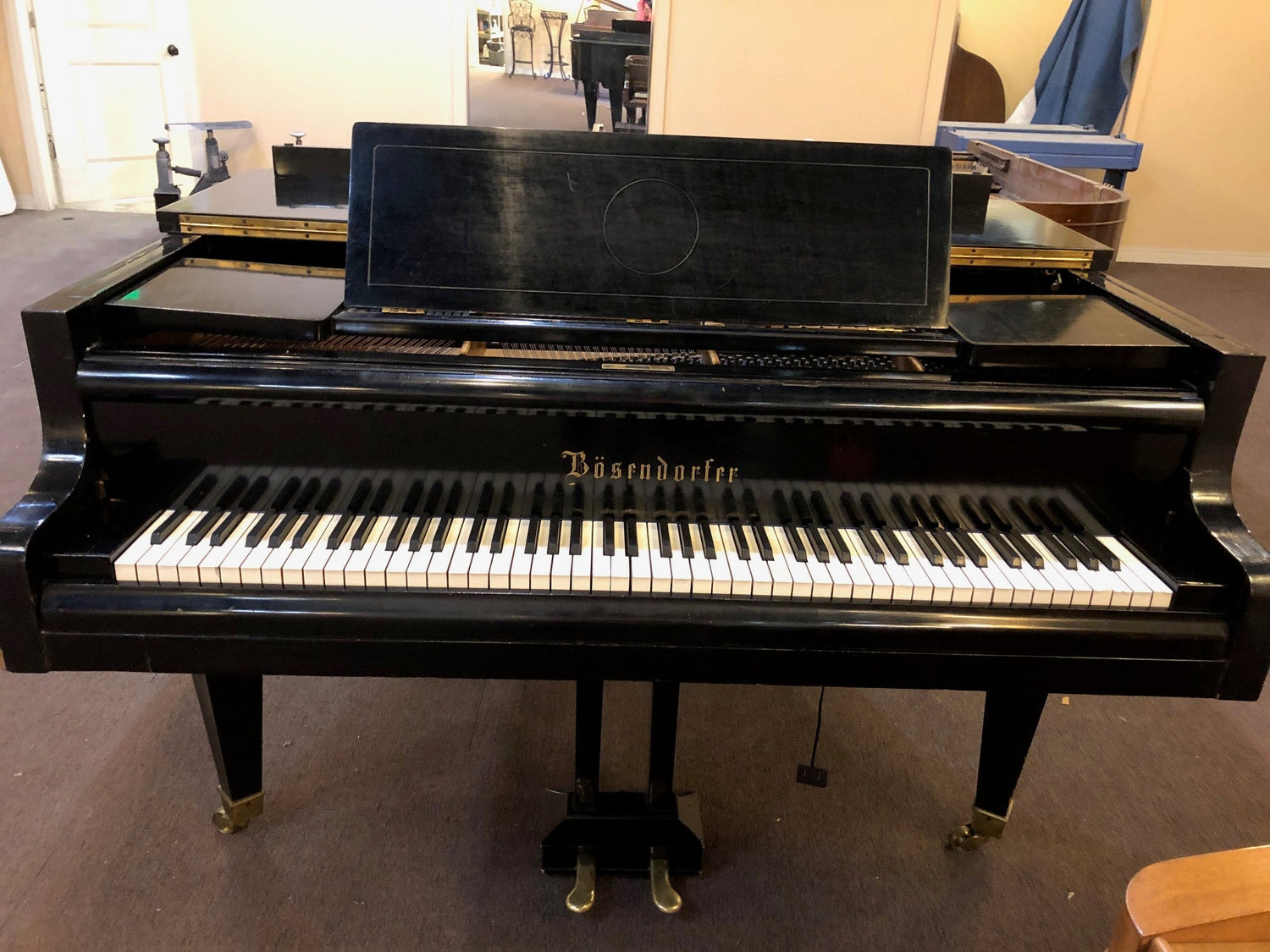
Bosendorfer Pianos
Bösendorfer pianos, originating from Vienna, Austria, were founded in 1828 by Ignaz Bösendorfer....
Piano Collections
View all-
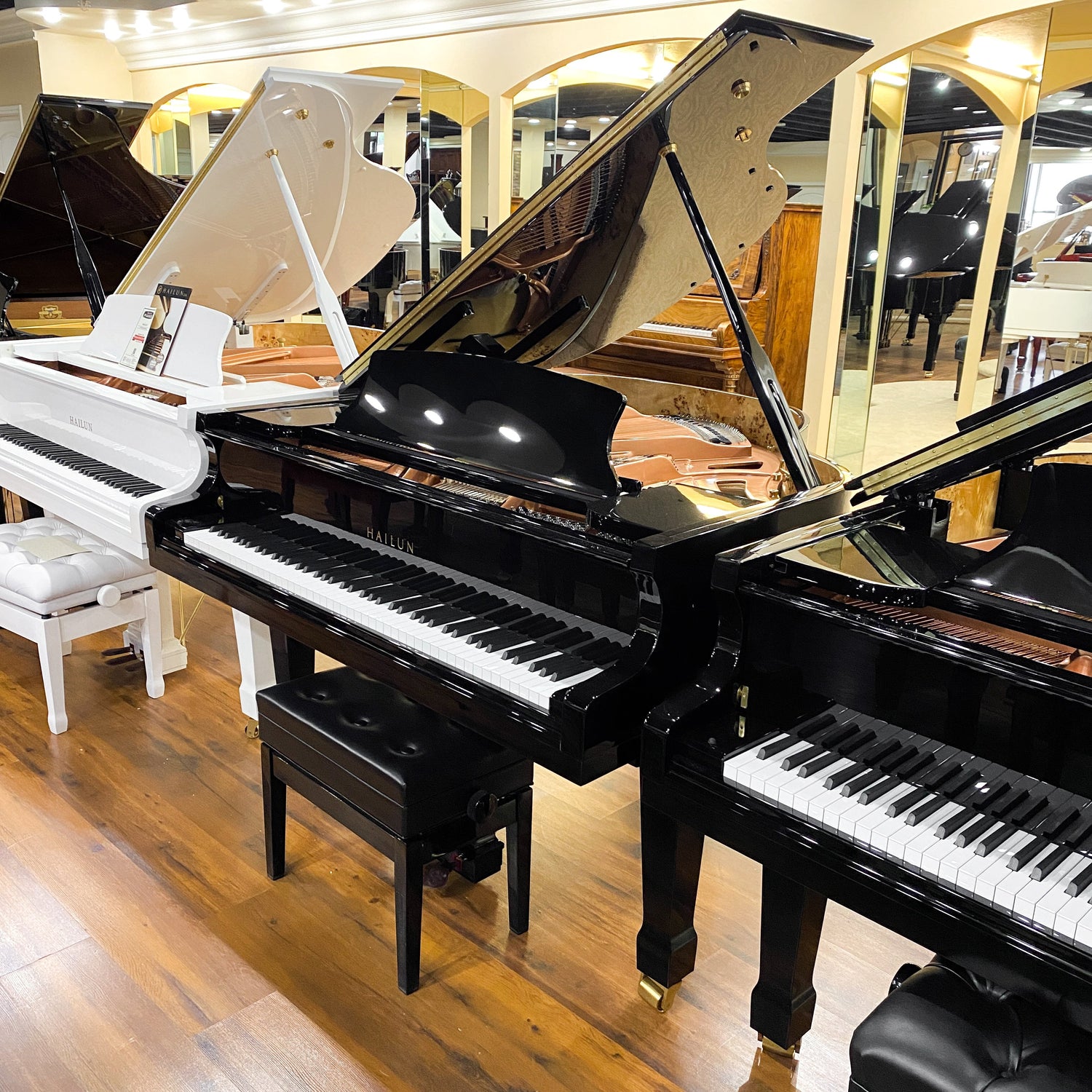
New Pianos
Buying a new piano offers several advantages, including quality assurance, warranties,...
-
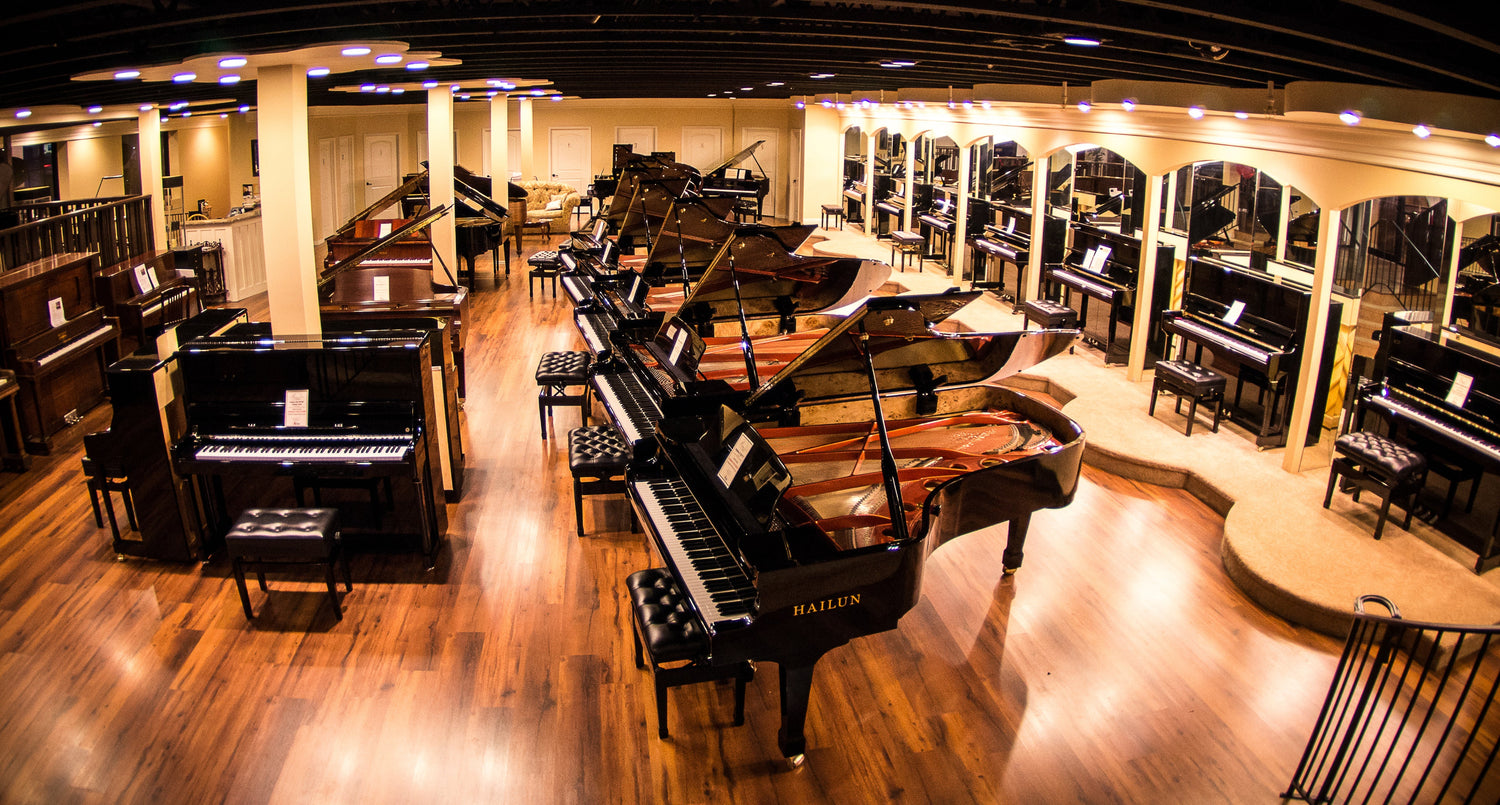
ALL Grand Pianos
Grand pianos are among the most prestigious and iconic musical instruments, known...
-
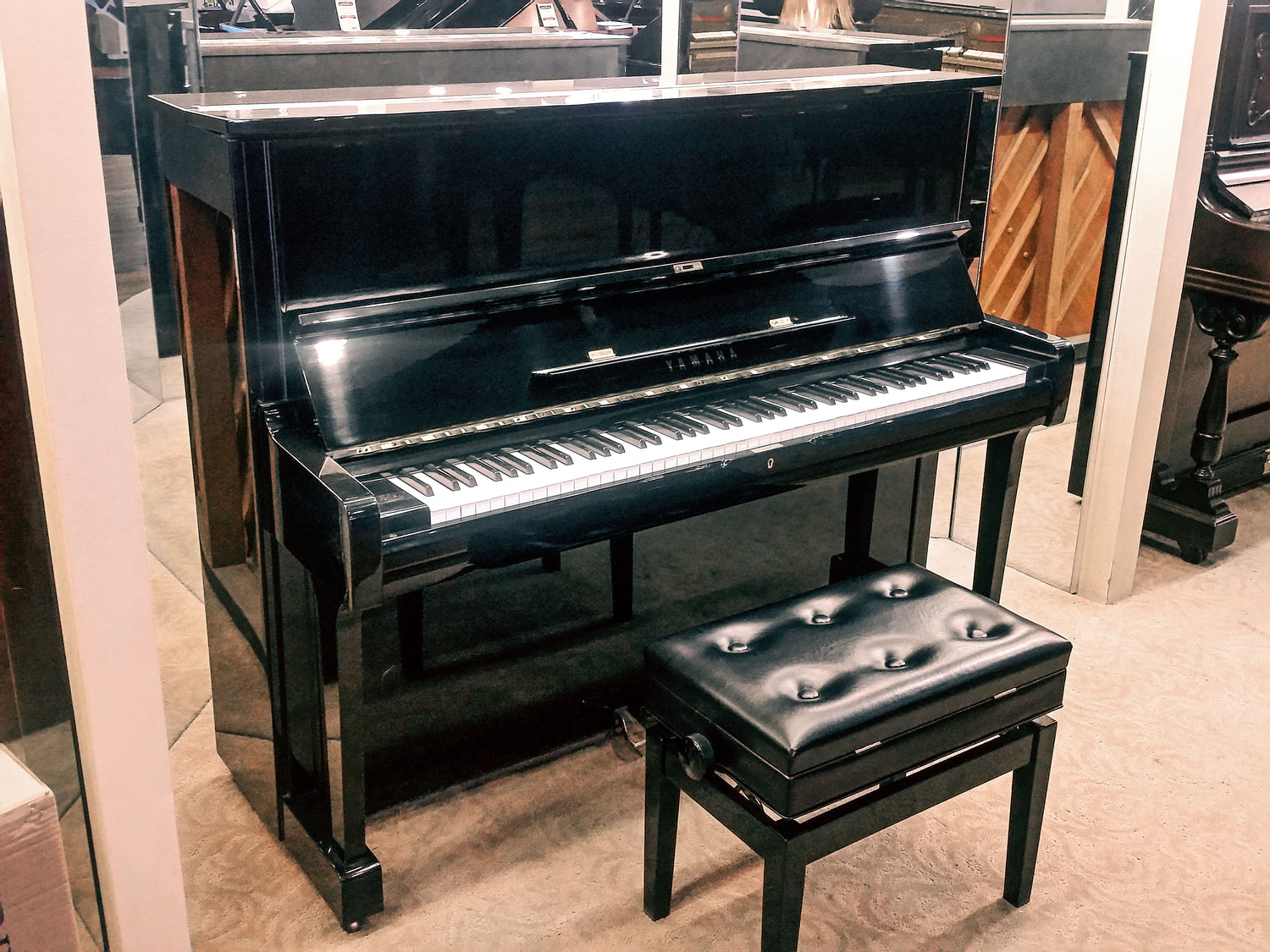
ALL Upright Pianos
Upright pianos come in various sizes, with heights ranging from about 36...
-
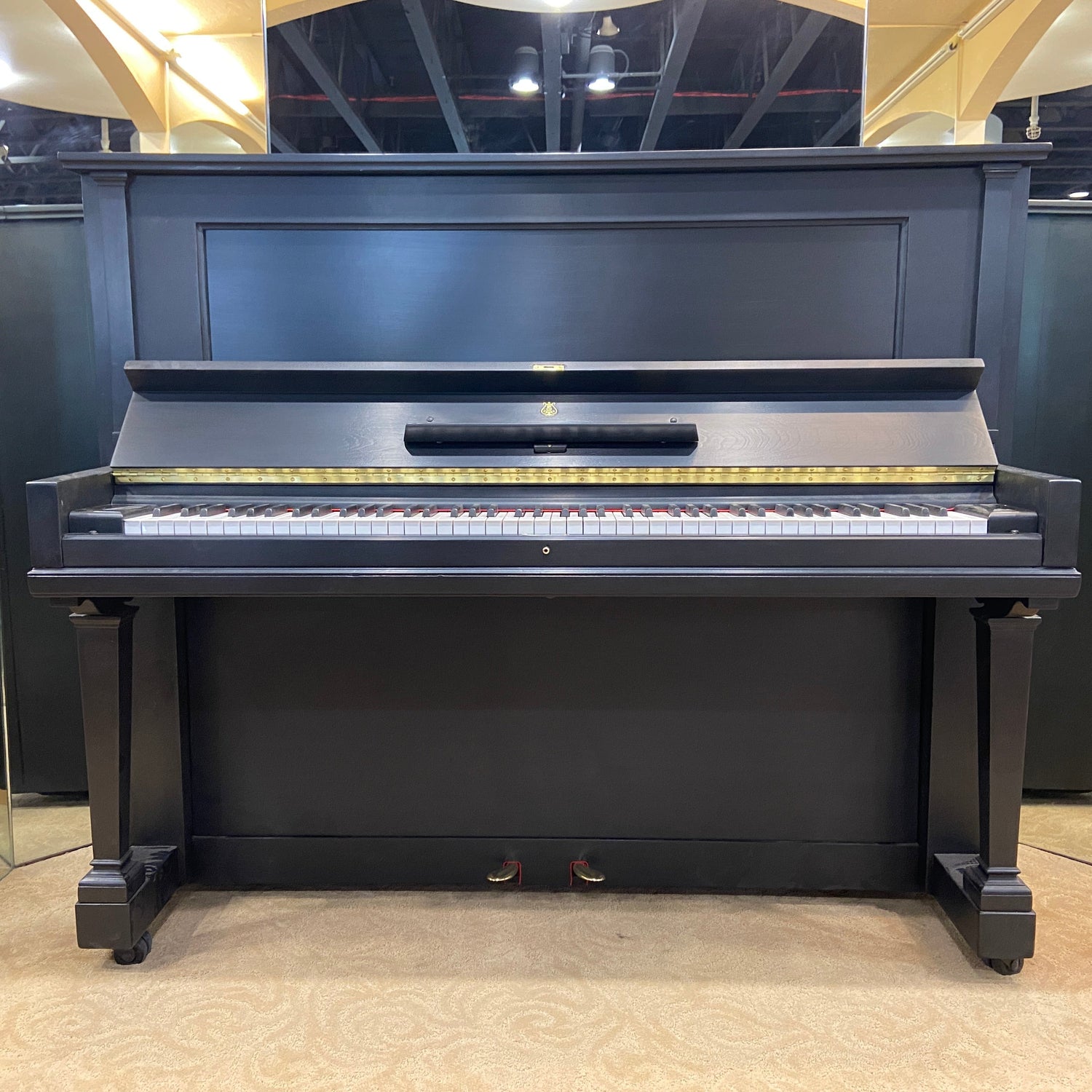
Restored Pianos
Restored pianos are musical instruments that have undergone a thourough process of...
-
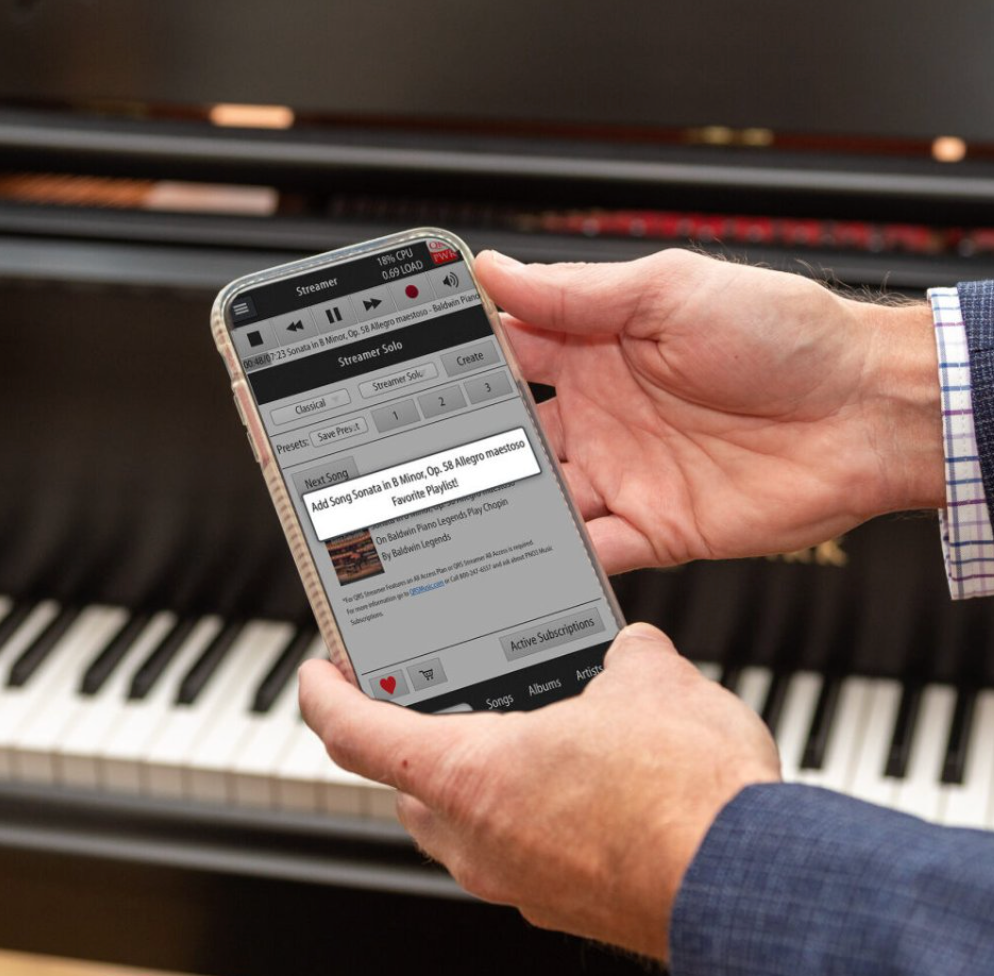
Player Pianos
Player pianos, also known as reproducing pianos, are a type of piano...
-
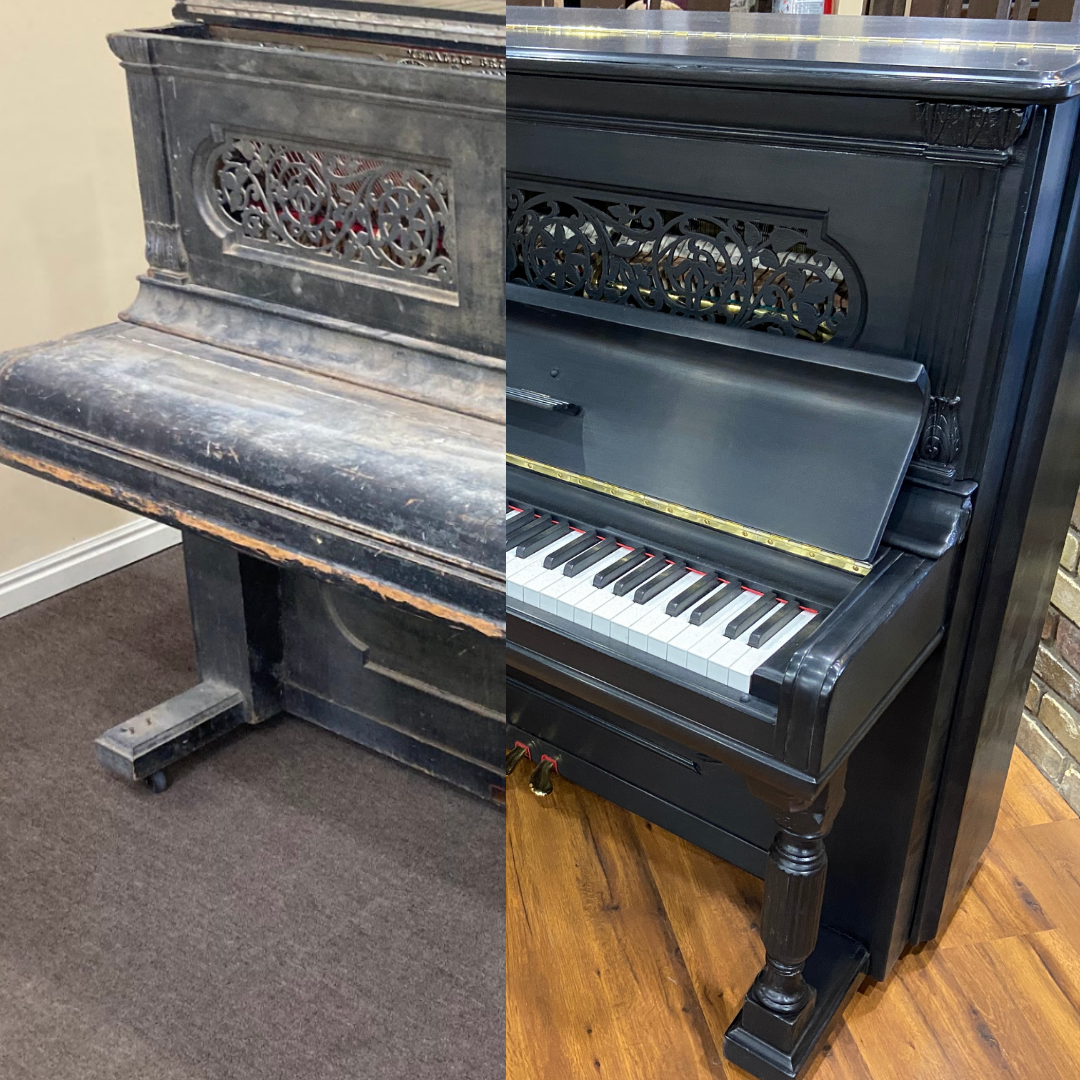
Before & After Transformations
A "before and after" transformation of a piano refers to the process...
-
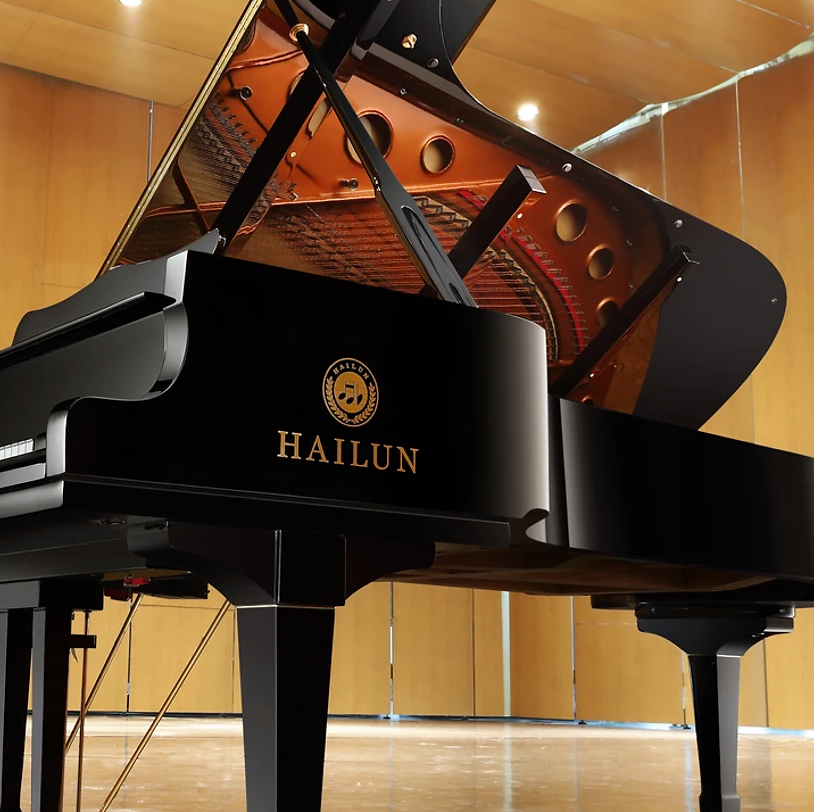
Hailun Pianos
LEARN ABOUT HAILUN PLEASE CALL OR VISIT OUR SHOWROOM FOR PRICING -...
Shop Pianos By Size
View all-

ALL Grand Pianos
Grand pianos are among the most prestigious and iconic musical instruments, known...
-

Concert Grands 9'+
A concert grand piano is the largest and most prestigious type of...
-

Baby Grands 4'5"-5'2"
A baby grand piano is a smaller version of the grand piano,...
-

ALL Upright Pianos
Upright pianos come in various sizes, with heights ranging from about 36...
-

Studio Pianos 45"-47"
Stuido pianos range from 45-47 inches in height.
-

Console Pianos 41"-44"
Console pianos are upright pianos designed for home use, offering a more...
-

Spinet Pianos 36"-40"
Spinet pianos are the smallest of the upright piano, typically standing at...
Experience our Passion, Shop Talk & Piano Stories... BRIGHAM'S PIANO RESTORATION BLOG
View all-

Donny Osmond Custom Digital Conversion Project—...
Every so often, a project comes through the shop that perfectly blends craftsmanship, innovation, and a little bit of show business. This Yamaha C7 project for Donny Osmond is...
Donny Osmond Custom Digital Conversion Project—...
Every so often, a project comes through the shop that perfectly blends craftsmanship, innovation, and a little bit of show business. This Yamaha C7 project for Donny Osmond is...
-

CNC Piano Restoration: Crafting New Brass Rails...
I want to take you behind the scenes of one of the most fascinating projects we do here at Brigham Larson Pianos — using CNC precision machining to rebuild brass...
CNC Piano Restoration: Crafting New Brass Rails...
I want to take you behind the scenes of one of the most fascinating projects we do here at Brigham Larson Pianos — using CNC precision machining to rebuild brass...
-
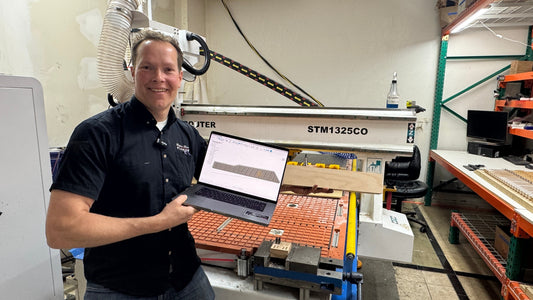
Precision Piano CNC Restoration – Blending Mode...
CNC Piano Restoration: Precision Pinblock Replacement – Part 1 When replacing a pinblock in an upright piano, I often find it is one of the most challenging jobs in...
Precision Piano CNC Restoration – Blending Mode...
CNC Piano Restoration: Precision Pinblock Replacement – Part 1 When replacing a pinblock in an upright piano, I often find it is one of the most challenging jobs in...





















